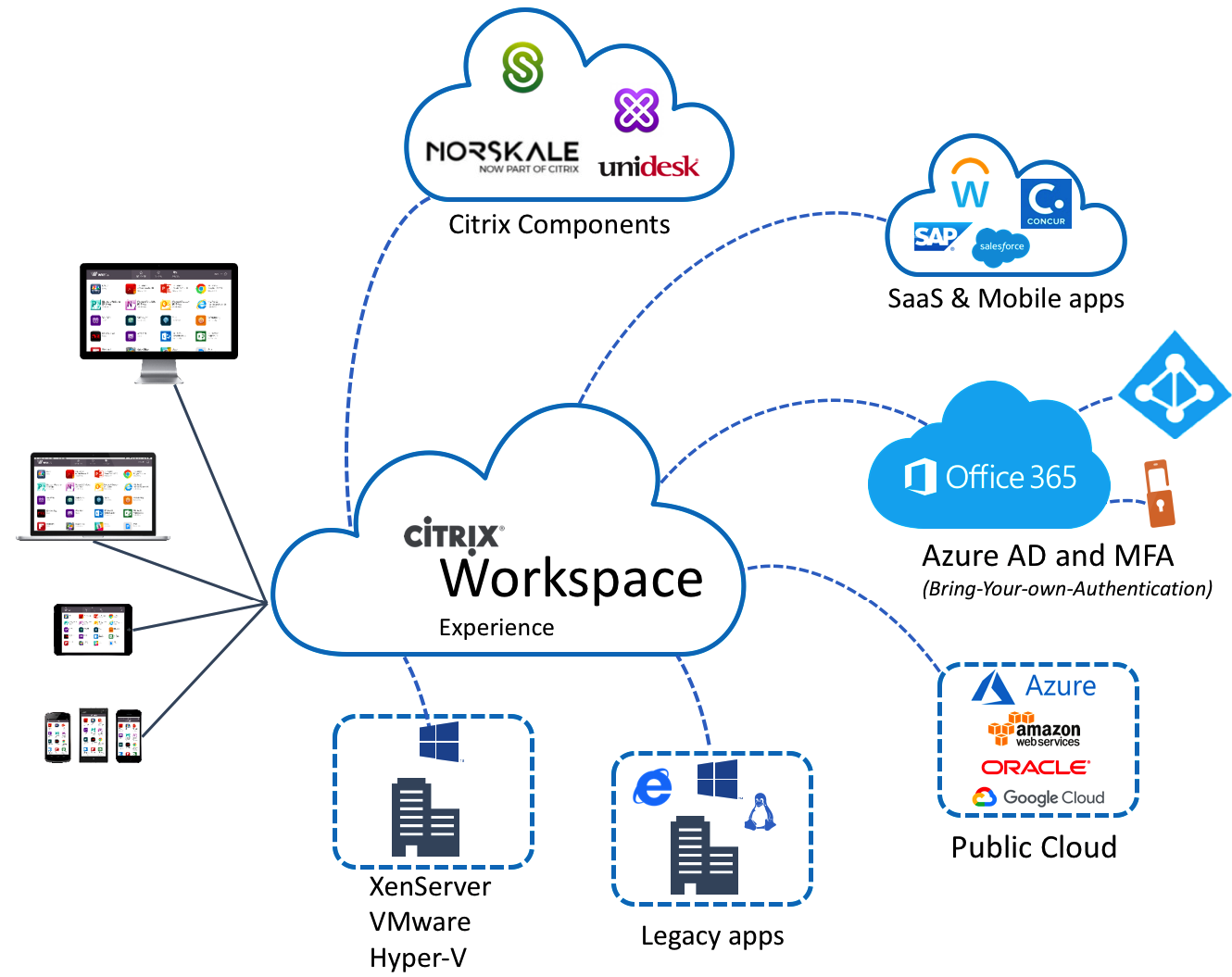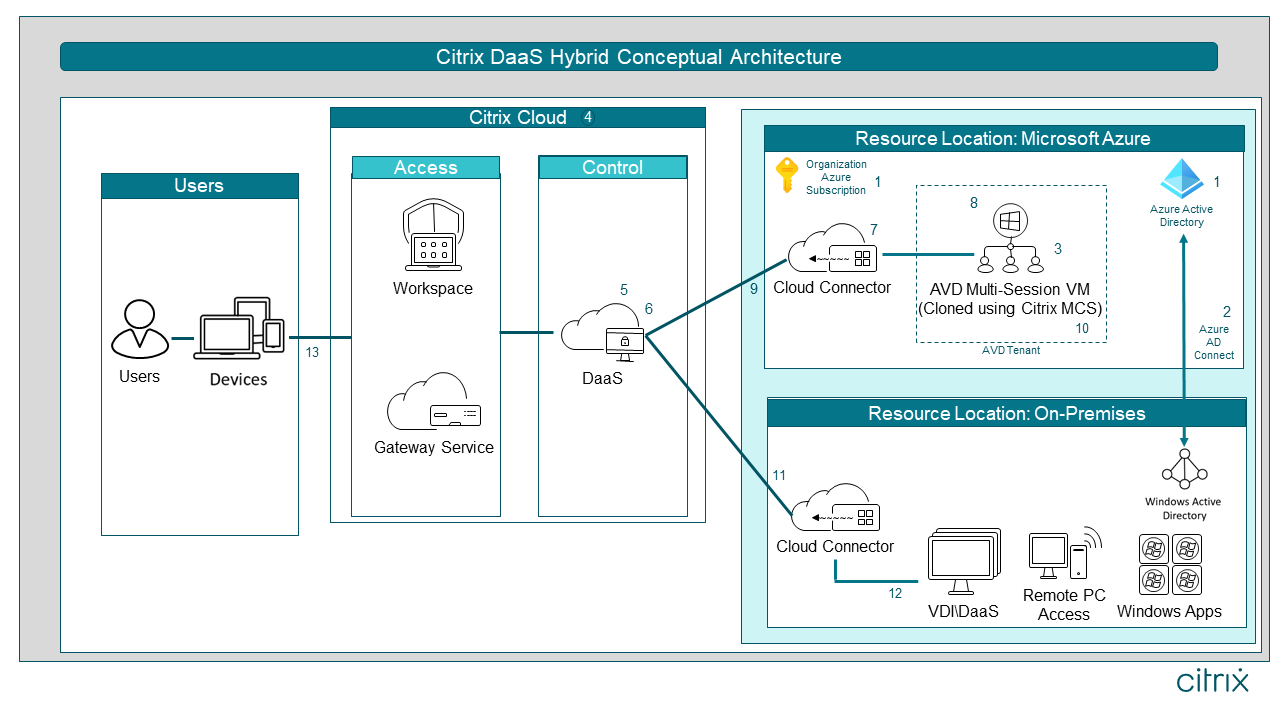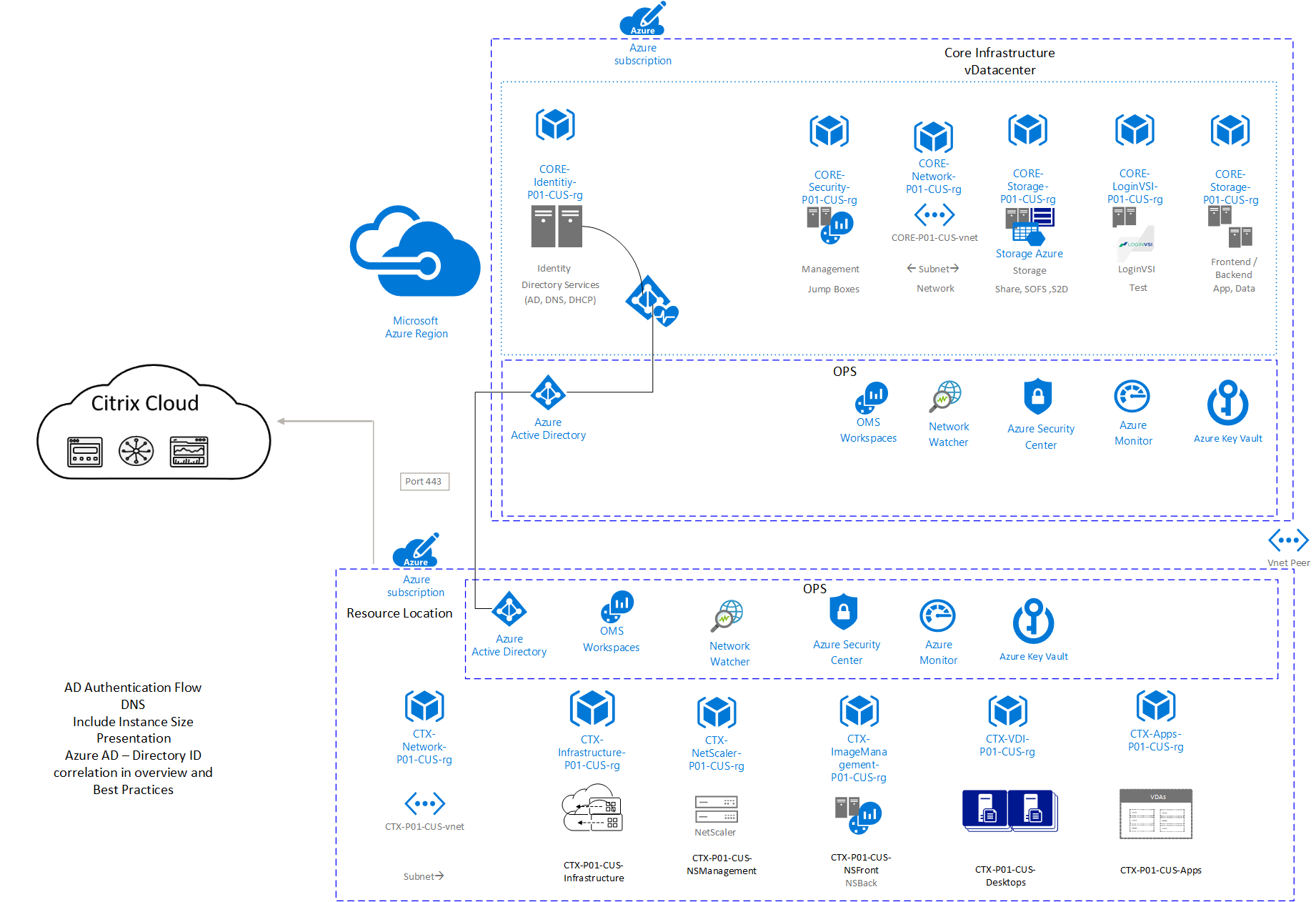Apr 14, 2021 Citrix Cloud Connector provides a communication channel between Citrix Cloud and resource locations—sites managed by your organization that provide applications and desktops to users. The Citrix control plane connects to your local resources without requiring complex network or infrastructure configurations (e.g. VPN and IPsec tunnels).
- Citrix
- Citrix Cloud Vdi Cost
- Citrix Windows Virtual Desktop
- Citrix Cloud Vdi
- Citrix Cloud Computing
- Citrix Cloud Based Vdi
Citrix offers a diverse portfolio of desktop virtualization solutions serving organizations of all sizes and kinds. Citrix Virtual Apps and Desktops makes VDI intuitive and affordable and ensures that users have access to the apps they need to remain productive within today’s digital workspaces. Citrix transforms how businesses and IT work and how people collaborate in the cloud era. Login to showcase how this is done through market-leading cloud, networking and virtualization technologies. Access to the Citrix Demo Center is restricted to Citrix employees and our Citrix Channel Partners. With Citrix—leveraging Windows Virtual Desktop on Azure —you can streamline operations, reduce infrastructure costs, and deliver secure user experiences across all your desktop and app environments. Citrix hybrid cloud deployments deliver centralized, cloud-hosted management, while making the most of your on-premises investments. Citrix on Azure allows employees to adapt quickly to new workloads, as well as supplying the elastic infrastructure necessary for rapid onboarding and seasonal work. In fact, around 70 percent of Azure users cite scalability and business agility as the most important drivers for using cloud services.
When Higher Ed institutions are considering an on-premise VDI (Virtual Desktop Infrastructure) deployment, there two vendors considered major players; Citrix and VMware, between them with a >90% market share.
Citrix is the old guard in the space dating back to the early 1990s and offering a long history of remotely delivering software to users. VMware is newer to the software delivery sphere but grew to prominence after developing the successor to server virtualization, VDI, in 2008. Both vendors have both published app and full desktop experience offerings, and both have solid and mature products. However, are all VDI solutions created equal? We’ll examine Citrix VDI vs VMware VDI in this article.
How do Citrix and VMware compare as on-premise VDI providers? Citrix is the obvious senior provider with nearly a decade and a half more time in the software delivery market. First focused on thin client technology and remote software access for users, halfway through their tenure they expanded into full desktop and VDI offerings. Through multiple acquisitions and partnerships, Citrix now offers a full complement of on-premise and cloud-hosted products in server, desktop, VDI, and software remoting market spaces.
VMware is the newer company to enter the space but has a very solid product offering and a large following in the Higher Ed market. Despite being newer to the software delivery market, it was VMware who conceptualized and prototyped Desktop Virtualization after seeing how their customers were using their ESX servers and server virtualization deployments.
Delivering a wide range of server, desktop, VDI, and software remoting products, VMware and Citrix are mostly in lockstep for both on-premise and cloud platforms. Within Higher Ed, the most popular choice is Horizon View for VDI full desktops (also available cloud-hosted, known as Horizon Cloud) which provide a consistent user experience and reliable computing environment to faculty, staff, and students.
Citrix

What key elements should organizations consider when choosing a VDI provider?

- Costs
- Usability
- Does it provide everything needed by the users and organizations?
- Scalability
When Higher Ed institutions have made the decision to deploy on-premise VDI, there are a few high-level factors to consider. With every major infrastructure project, cost will be a key factor. Other factors include overall administration time and knowledge required, and how well the solution suits the needs of the users. Additional factors that might be of note include how large and active the user community is, what is the overall trajectory of the company, and what the product roadmap looks like from a development perspective.
In addition to this, universities should consider their potential future needs for software delivery solutions; especially on-premise VDI given the large initial investment in server infrastructure it needs. When it comes to scaling and future-proofing your delivery stack, it may be worth considering cloud virtualization solutions, such as Windows Virtual Desktop or Amazon WorkSpaces.
Citrix VDI
Citrix Cloud Vdi Cost
Key features of Citrix VDI
- Geared towards medium and large organizations
- Pooled and dedicated VDI available
- Enhanced security
In recent years, Citrix has consistently provided reliable solutions with the Xenapp (now Citrix Virtual Apps) and Xendesktop (now Citrix Virtual Desktops) products. A highlight of the Citrix ecosystem is its ability to scale to massive numbers of users, often exceeding 10,000 when deployed in corporate settings. Additionally, Citrix has put a premium on connection security and continues to offer what its customers demand with both dedicated VDI desktops and non-persistent desktop pools.
Limitations of Citrix VDI
- Complicated deployment due to different licenses offering different features
- VDI isn't Citrix's key focus
Like with most long-lived and large vendors, navigating the matrix of licenses and features can be daunting and a struggle for those IT staff tasked with evaluating solutions. It’s typically best for the project team to focus on the institutions’ needs first and then work to map each product being evaluated.
Given the current market share of VMware VDI (>70%), it's unsurprising that Citrix's VDI offering isn't their main or sole focus. A higher portion of attention paid to the app virtualization solution, Citrix Virtual Apps, should be considered in choosing a VDI provider.

Key features of VMWare VDI

Citrix Windows Virtual Desktop
- End-user experience: better network bandwidth consumption, infrastructure optimized for end-users
- Management simplicity
- Better value
- Strong reputation
- Flexible delivery
- Trusted provider
When looking at the Horizon View VDI product from VMware, a standout feature is the efficiency of the network protocol being used between clients and desktops. Both PCoIP and Blast are industry leaders for user experience and overall network performance. Additionally, the VMware suite of products excels in ease of administration, and through their partner ecosystem, institutions can often purchase a white glove deployment service reducing the load on internal staff. Positive ion gun.
Limitations of VMWare
Citrix Cloud Vdi
- A range of different licenses offering different features can make deployment more complicated
Citrix Cloud Computing
Long time VMware customers can attest to the largest challenge with the vendor: frequent and confusing product name changes and licensing changes. Again, it will best to focus on the institutions’ list of needs and try to map those to the current product offerings.
Citrix or VMware?
Citrix Cloud Based Vdi
Both VMware and Citrix have a robust product offering across many different solution suites. Historically, Citrix has excelled in the realm of remote app delivery or app remoting solutions. On the other hand, VMware leads the way with full desktop VDI delivery. Deciding on the right approach is solely dependent on the needs of the institution and what goals they are hoping to achieve with the project.

